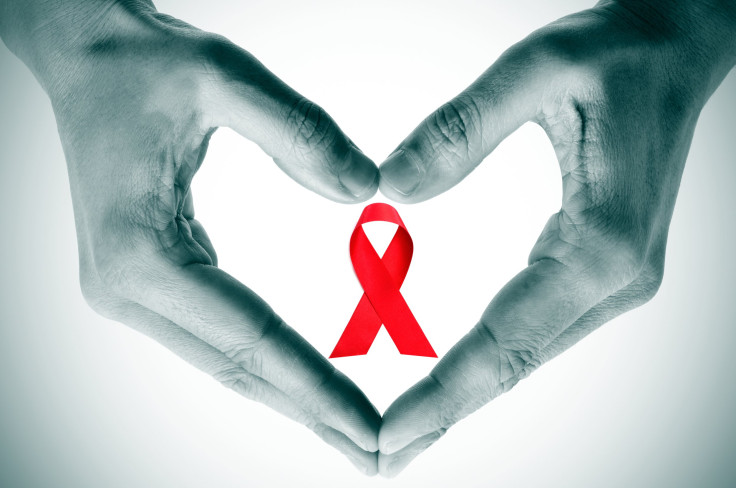PrEP, the HIV Prevention Pill, Recommended For All At-Risk Individuals; 92% Effective At Protection From HIV

U.S. health officials have issued a statement recommending the use of an HIV prevention pill for all at-risk, uninfected individuals. The prevention treatment, which involves taking a daily dose of the antiretroviral drug PrEP, will help the lives of the millions of HIV-negative individuals worldwide who are in a relationship with an HIV-positive partner.
These guidelines were issued by the Centers for Disease Control and Prevention and the U.S. Public Health Service, and were released yesterday in the Morbidity and Mortality Weekly Report. They are largely based on the results from a 2010 study on the HIV treatment pill, PrEP. The pill, which is already widely used to treat HIV, was found to also be more than 90 percent effective at preventing the viral infection. "These guidelines represent an important step toward fully realizing the promise of PrEP. We should add to this momentum, working to ensure that PrEP is used by the right people, in the right way, in the right circumstances," said Dr. Jonathan Mermin, director of CDC’s National Center for HIV/AIDS, Viral Hepatitis, STD, and TB Prevention , Medscape reported.
What is PrEP?
The antiretroviral drug recommended is a pre-exposure prophylaxis. When taken at the prescribed dosage, it will help to reduce the risk of HIV infection. According to data released by the CDC, if someone is exposed to the HIV virus, this treatment can help to prevent the virus from becoming permanent. When taken consistently, the medication has been shown to reduce the risk of HIV infection by up to 92 percent.
Health care providers are advised to consider PrEP for uninfected individuals who meet the following criteria:
- A gay or bisexual man who has had sex without a condom or has been diagnosed with a sexually transmitted disease within the past six months and is not in a mutually monogamous relationship with a partner who recently tested HIV-negative
- A heterosexual man or woman who does not always use condoms when having sex with partners known to be at risk for HIV (e.g., injecting drug users or bisexual male partners of unknown HIV status), and is not in a mutually monogamous relationship with a partner who recently tested HIV-negative
- Anyone who has, within the past six months, injected illicit drugs and shared equipment or been in a treatment program for injection drug use
- Living with an HIV-positive partner
HIV does not discriminate against those it infects, and many times couples will find themselves in an HIV-discordant relationship where one partner is positive and the other negative for the virus. Medscape reports that in the United States there are as many as 275,000 uninfected gay and bisexual men and 140,000 uninfected heterosexual partners in an HIV-discordant relationship. In cases like this, PrEP can be used along with condoms to help minimize the risk for passing on the virus. The World Health Organization reports that some countries in Africa have already introduced HIV testing and counseling for couples in an effort to help them support one another. “If you are positive, love each other and take your medication at the right time. We have lives with our status as a discordant couple for the past 18 years because we support each other,” said Godfrey Mtonga, who is HIV-positive, while his wife of 32 years is not.
Side Effects
When someone who is already HIV-positive is given PrEP, there is a risk of them developing an antiretroviral therapy-resistant virus. "This highlights the benefits of testing for HIV with a test that detects antigen, or viral RNA, as well as antibodies, before initiating PrEP. Patients should be retested every 2 to 3 months to confirm that they do not have HIV," Mermin explained to Medscape.
Side effects also include mild nausea and vomiting in the first month. There are also reports of mild reductions in creatinine clearance test, which can translate as a problem with the kidneys.
Source: Grant RM, Lama JR, Anderson PL, et al. Preexposure Chemoprophylaxis for HIV Prevention in Men Who Have Sex with Men. The New England Journal of Medicine. 2010.



























